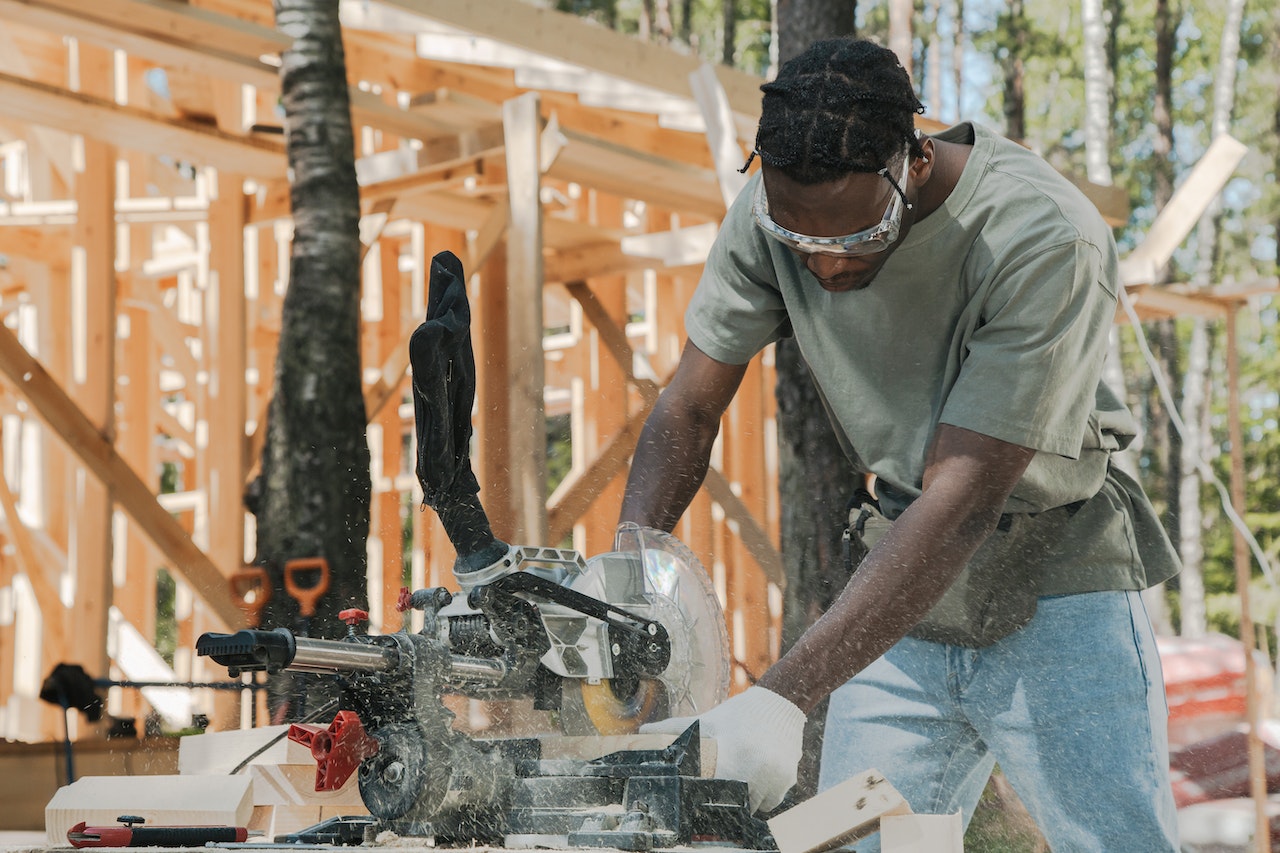A miter saw is one of the most important tools which You Can locate in almost any woodworking workshop. Of course, the component of the miter found that makes it practical is the blade. The blades of a miter saw come in a variety of shapes and sizes to serve unique functions. In this tiny guide, we’ll go through each one these items to assist you understand your miter saw better.
Normally, the miter saw requires a rotating blade, so the perfect Contour for a miter saw blade is a circular one. There are loads of curved blades on the market with varying attributes and purposes, so choosing the best one is an essential step when you want to receive the best outcomes.
How to pick the Right Miter Saw Blade for you although for a novice, it may not seem very important to receive a particular blade for a specific job, it creates a massive difference once you’re knowledgeable about the mechanism of the miter saw. Click here to read the best way to choose the right Miter Saw Blade for you.
The 3 Factors Which Affect the Type of Blade You Will Need
1. Types of Miter Saw Blade
Before you get to understand them distinct Kinds of miter saw blade, you need to be familiar with fundamentals of circular blades. You will learn every tiny detail regarding circular blades.
To cut different materials, you’re going to want unique kinds of miter saw blades. The ones you can find include:
- Ripping Miter Saw Blade
- Crosscut Miter Saw Blade
- Plywood or Laminate Miter Saw Blades
- Melamine Miter Saw Blade
- Non-Ferrous Miter Saw Blade
- Steel Miter Saw Blade
2. Diameter Your Miter Saw
Each miter saw has a Particular size of blade that is assumed to Work together with it.
Using the wrong size will definitely lead to bugs and problems, and that is why it’s crucial that you check the user manual for the recommended blade dimensions.
The common miter saw sizes are 7.5 inches, 8.5 inches, 10 inches, and 12 inches.
Using the wrong blade dimensions will hinder the cutting scope of the watched and would stop the blade from fitting in its slot suitably.
3. Tooth Count of the Blade
The number of teeth that the blade has is important as it is the factor that determines the effectiveness of your cut.
Smoother finishes and cleaner Cuts demand a blade with many teeth.
Whereas cutting thicker Substance requires fewer teeth.
It’s worth mentioning the Larger the blade is, the higher the average tooth count will be.
In this sense, a 12-inch blade Would require 80-100 teeth to make a smooth finish, while an 8.5-inch blade will Need just 60.

